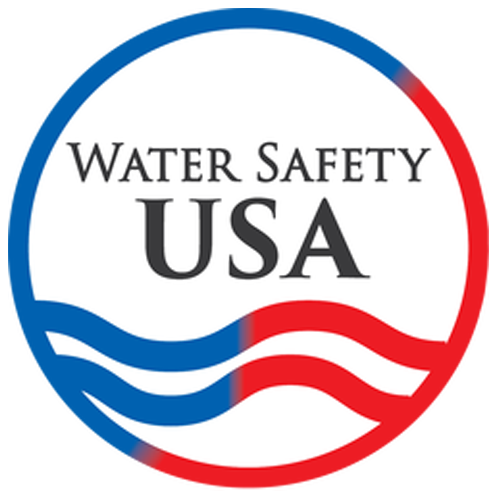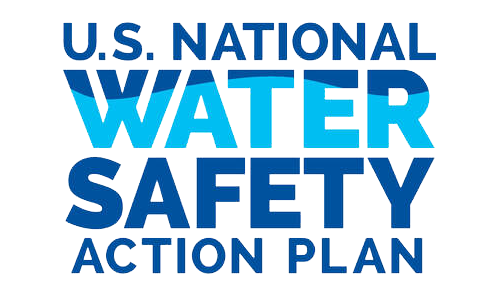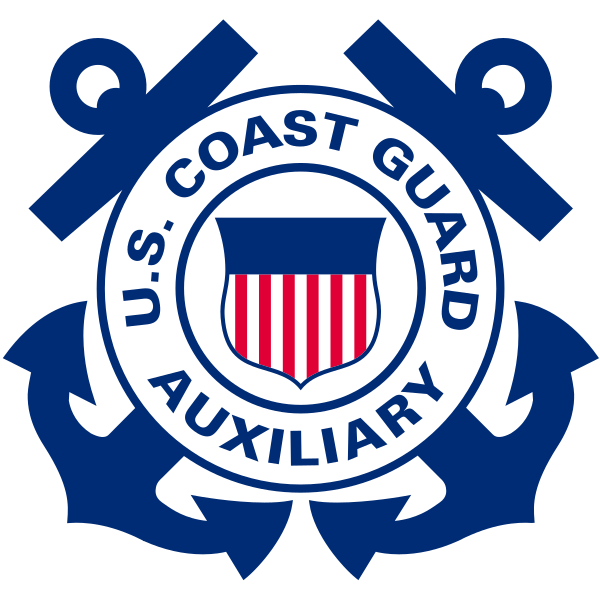Water Safety
Water is fun, but can also be scary – especially open waters.
NOTE: Annotations by Save a Life™/ResQ Disc™ in the statistics and the tips below (reposted from https://ndpa.org/10-open-water-safety-tips/) are noted orange italics.
Here are a few statistics curated from various sources like the CDC, WHO and others…
- No one is drown-proof, and drowning doesn’t discriminate.
- Drowning is fast and silent. It can happen in as little as 20-60 seconds.
And typically happens within 50 ft. of shore/safety – a rescue-able distance with the right equipment - Drowning doesn’t always look like we would expect.
- There are approx. 4000 drownings annually in the US – that’s around 10 drownings PER DAY!
- July is the deadliest month for drowning.
- Most children in the U.S. drown in open water, which includes natural bodies of water such as lakes, rivers, and oceans, as well as man-made bodies of water like canals, reservoirs, and retention ponds. In 2016, open-water drownings made up 43 percent of fatal childhood drownings.
And Here are a few tips…
The first thing needed to prevent drowning incidents when in open water is learning how to swim, which has proven to be a lifesaving skill that can reduce the chances of drowning by 88%. According to our research, currently those who do NOT know how to swim exceed the number of those who do!
Following the open water safety tips below will also ensure you have the most amount of fun by reducing the risks and hazards that come with open water.
NOTE: The following tips say “swim”, but you can include any activity where you are on or around water! Canoeing, kayaking, boating, jet skiing, fishing, camping, snorkeling, paddle boarding, etc.
1. Swim In A Designated Swimming Area
Most state parks, beaches, and lakefront areas have designated times when swimming is allowed and use flags to indicate borders in which people can swim. Never swim outside those defined areas. Also, preferably swim under the supervision of a qualified lifeguard.
2. When In Doubt, Get Out
Don’t hesitate to get out of the water if something doesn’t feel right. Whether it’s that the current is getting rough, rain has started to fall, or your body is just not responding like you would like it to due to fatigue or muscle cramps, then just leave and return to the water another day. It’s always a good thing to trust your instincts.
3. Know The Weather And Water Conditions
Check the water temperature and weather conditions before hitting the water. If the water temperature is low, your best option would be to swim in a wetsuit and don’t stay too long in the water. Bear in mind it’s not safe to swim in the rain, particularly if there is thunder and lightning. If the weather changes, don’t hesitate to swim back to shore.
4. Never Swim Alone
When you head out into the open water, go with a “swim buddy,” someone who’s looking out for you and who you’re looking out for in turn. Remember, the lifeguard isn’t your “swim buddy”; they have lots of people to track when on duty and cannot be concerned with a particular person’s safety. Besides, you’ll probably have more fun swimming with a friend.
5. Choose The Right Equipment
It’s very important always to choose the right equipment for your open water activity: wetsuits if the water is cold, goggles if swimming, and so on. Please note that if water temperatures are over 75-80 degrees, a wetsuit might not be a good idea. Using one for extended periods could cause heat exhaustion.
6. Understand Currents
Uncontrollables are all part of experiencing the ocean and open bodies of water. Rip tides, other currents, and waves can all sweep you away from your swimming route. By choosing a static “beacon” on your boat or at the shore you’ll be able to determine if you are being swept away or not. If you do get caught in a riptide, don’t panic. Try to remain calm and swim parallel to shore to get out of it. If you try to swim against the current, you might get exhausted and really panic even more.
7. No Alcohol
Alcohol affects your perception of danger, making you more likely to take unnecessary risks. Alcohol also impairs your balance and coordination – all essential for swimming and boating and avoiding hazards in the water. So don’t drink while in the water.
8. Wear A USCG-Approved Life Vest
Young children, weak swimmers, and everybody should wear life jackets whenever they are in, on, or around the water, even at a pool or a waterpark. It should be put on at the dock, deck, or shore and not removed until you return to dry land.
9. Have A Plan For Emergencies
Always have a plan to handle and face emergencies whenever you go out to the water with a swim buddy or alone. Tell someone else where you are going. Having someone watching from the shore, ready to take action should you need help, is wise. Plan for every possible incident and eliminate as much uncertainty as possible.
Just like you have jumper cables in your car – just in case you get stranded, you should have some sort of emergency throwable water rescue device with you – in your boat, in your beach bag, in any water craft. If you are renting a water vessel, there may be a life ring aboard – check to be sure. But keep in mind that life rings are big, bulky, a bit heavy for throwing and are intended to keep you afloat until help/recuser can arrive. Take your own safety into your own hands. ResQ Disc is designed to actually RESCUE someone while keeping the rescuer safely out of the water. Because it has just 5 lbs of floatation, it is not a Type IV PFD like a life ring, but it IS the easiest, safest, most-effective water (and ice) emergency throwable rescue device that will keep even the heaviest person’s head above water!
10. Swim Parallel To The Shore
If ever caught in a rip current, don’t let fear cloud your judgment. You could be swept away from shore very quickly. The best way to escape a rip current is by swimming parallel to the shore instead of towards it since most rip currents are an average of 100 feet wide. Try to relax and breathe, keeping your head above water, and don’t wear yourself out by trying to get out of the rip by swimming against the force of the current.
Water Safety Organizations
Here are just a few water safety organizations many of which offer water safety programs and challenges throughout the year.
American Academy of Pediatrics
American Red Cross
Boy Scouts of America
Centers for Disease Control and Prevention
Diversity in Aquatics
National Drowning Prevention Alliance
National Park Service
National Safe Boating Council
Pool & Hot Tub Alliance
Safe Kids Worldwide
U.S. Coast Guard
U.S. Consumer Product Safety Commission
U.S. Army Corps of Engineers
United States Lifesaving Association
United States Swim School Association
USA Swimming Foundation
YMCA of the USA
This one is near and dear to our hearts….
Please visit these organizations for more water safety and drowning prevention information.








